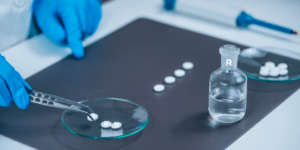
"Digital Operational Resilience Act" (DORA regulation) from the perspective of venture capital and private equity funds
DORA regulation applies from January 2025. Significance for our private equity and venture capital clients The somewhat unwieldy name "Digital Operational Resilience Act" (DORA for short) has a very serious background and is fundamentally to be welcomed. After all, when we evaluate our claims in the context of cybercrime, PE and VC funds and their KVGs are those with the highest frequency of claims. It can be safely assumed that they are a "worthwhile target group" for cyber criminals based abroad.




